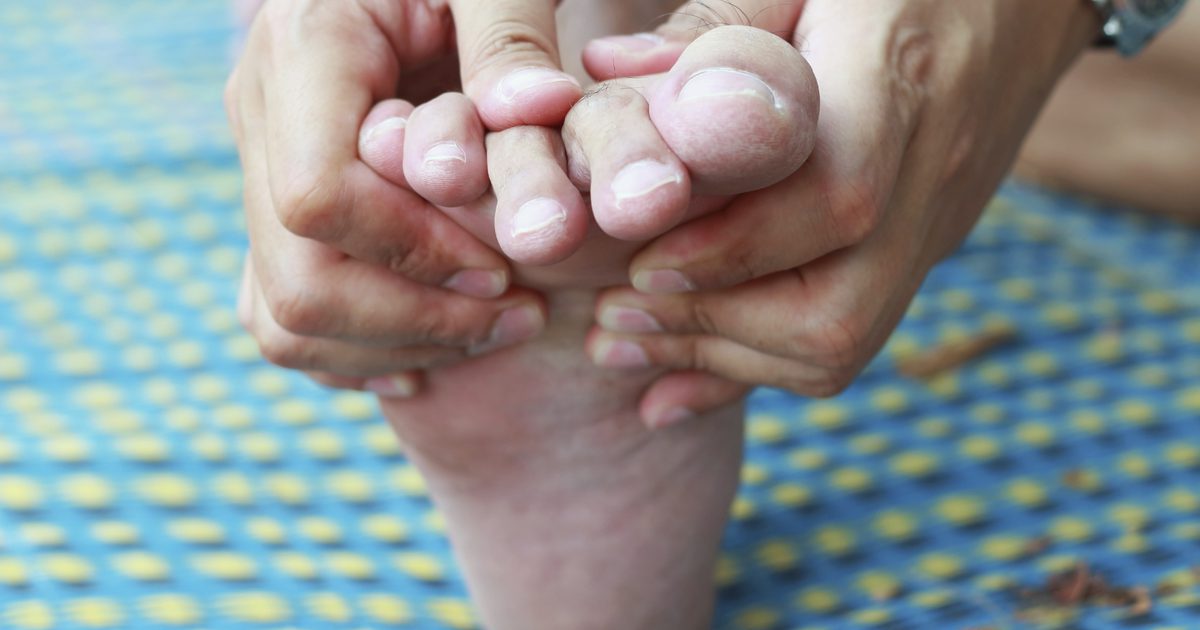Signs And Symptoms Of Large Cell Carcinoma
Large cell carcinoma might not be a common type of lung cancer, as it accounts for only about nine percent of cases, but it spreads quickly and has devastating results. The survival rate for large cell carcinoma of the lungs is minimal. Proof of this is the fact the estimated five-year survival rate for large cell carcinoma is somewhere around eleven percent. Early detection provides the best chance at making a full recovery, so it is crucial to pay close attention to mounting physical symptoms. It's time to get familiar with these common symptoms. Start reading to reveal all the details now.
Chronic Cough

One of the most common signs of large cell carcinoma is developing a chronic cough. At first, the cough might not seem intrusive, and you might feel more of shortness of breath than an actual cough. As time continues, however, the cough can worsen and will eventually turn chronic. The reason a cough might not occur right away is large cell carcinoma tends to impact the outer areas of the lungs, unlike other forms of lung cancer. This is why it is important to pay attention to other symptoms that tend to present themselves earlier on with large cell carcinoma.
Continue reading for another symptom of large cell carcinoma related to coughing.
Couging Up Blood

Another highly common and very startling symptom of large cell carcinoma is coughing up blood, otherwise known as hemoptysis. Studies have shown about seven to ten percent of lung cancer patients present with hemoptysis as a symptom and about twenty percent of lung cancer patients will begin to cough up blood during their illness. While blood might originally come from the lungs, it can potentially come from vomiting, inside of the nose, or within the upper respiratory system. This is why it is important for a doctor treating a lung cancer patient to figure out where the blood is coming from as well as how much blood the patient is losing every day. This symptom can be treated by a bronchoscopy or the creation of an artificial block to stop the bleeding.
Continue to reveal the next symptom of large cell carcinoma.
Body Aches And Pain

Some of the earlier but less obvious symptoms of large cell carcinoma in the lungs are the experiencing of body aches and pains. Patients who experience these symptoms might mistakenly associate the pain they feel in their chest, back, and shoulders as being the result of simply being out of shape or getting older. However, what is not obvious is when large cell carcinomas develop along the outer areas of the lungs, they tend to cause pleural effusions, which is when fluid collects in the tissue layers of the lungs known as the pleura. When you take a deep breath, this can cause you to feel like you are struggling to inhale deeply.
Keep reading for information on the syndrome associated with large cell carcinoma.
Paraneoplastic Syndrome

Paraneoplastic syndrome is most commonly found in lung cancer cases, but the exact pathogenesis of this cluster of symptoms is still unknown. Scientists speculate this syndrome arises as a result of substances secreted by the tumors in the lungs or by the antibodies having cross-reactions with other tissues once they have been sent out to fight the tumors. An estimated twenty percent of large cell carcinoma patients will experience this syndrome during their illness. Symptoms include night sweats, cachexia, anorexia, and fever. Skin problems might also arise, such as flushing, itching, keratoses, and even herpes zoster, which is better known as shingles. The endocrine, gastrointestinal, and neurological systems in the body are also affected, leading to diversity in symptoms.
Continue for more symptoms of large cell carcinoma.
Fatigue And Shortness Of Breath

Fatigue and shortness of breath are prevalent in cases of large cell carcinoma. Since carcinoma growing along the outer regions of the lungs leads to fluid build-up in the pleura, patients might find they easily become winded and wheeze while doing even light treks up the stairs. Additionally, cancer-related fatigue (CRF) tends to manifest throughout the illness. Simply getting more rest will not relieve the fatigue, and it has physical, cognitive, and emotional impacts on the patient. Studies have found CRF is present in somewhere between fifty-seven and one hundred percent of lung cancer cases. Fatigue can often be primary, but it can also be comorbidity associated with other illnesses, such as autoimmune diseases, depression and other mood disorders, and various sleep disorders.


